Ceratocumatidae is a family of crustaceans of the order Cumacea. Ceratocumatidae have a small free telson. The endopods of the uropods are present on only one segment. Males have 5, 4 or 3 pairs of pleopods. All maxillipeds and some of the pereiopods bear exopods. The gill apparatus has no supporting gill plates.

Neritiliidae is a family of submarine cave snails, marine gastropod mollusks or micromollusks in the clade Cycloneritimorpha.

The Siboga expedition was a Dutch zoological and hydrographic expedition to Indonesia from March 1899 to February 1900.
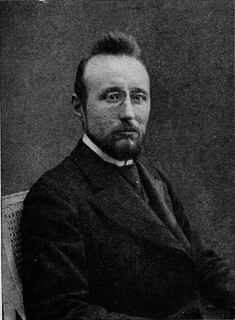
Jean Paul Louis Pelseneer was a Belgian malacologist, morphologist, ethologist and phylogenist.

Mattheus Marinus Schepman was a Dutch malacologist. He was one of the foremost collectors of mollusc shells in the Netherlands, and was also high on the overall list of European collectors.
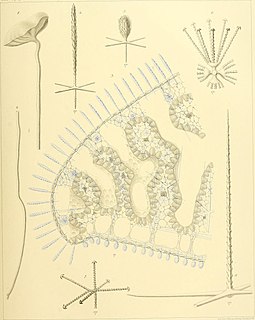
Caulophacus elegans is a species of glass sponges belonging to the subfamily Lanuginellinae. The type specimen has been found in Central Kuroshio Current, near Japan.

Amphidiscosida is an order of hexactinellid sponges characterized by amphidisc spicules, that is, spicules having a stellate disk at each end. They are in the class Hexactinellida and are the only order classified in the monotypic subclass Amphidiscophora. Species of the order Amphidiscosida have existed since the Ordovician period, and still flourish today.
Acanthascus is a genus of sponges in the family Rossellidae. Species include:
Benhamipolynoe is a genus of marine annelids in the family Polynoidae. The genus is known from the Pacific and Atlantic Oceans and includes 2 species.
Benhamipolynoe antipathicola is a deep-sea scale worm that has been reported from the Pacific and Atlantic Oceans from depths of 128 to almost 500m.
Sceptrulophora is an order of hexactinellid sponges, commonly known as Glass sponges, characterized by sceptrule spicules, that is, "microscleric monactinal triaxonic spicules that include clavules with terminel umbels or smooth heads." Species of the order Sceptrulophora have existed since the Jurassic period, and still flourish today. While there is ongoing debate about the organization of various taxa in Sceptrulophora, the monophyly of the taxon Sceptrulophora is supported by the presence of sceptrules in most of the extant species, and has recently been further supported by DNA sequencing.

Farreidae is a family of glass sponges in the order Sceptrulophora.

Euretidae is a family of glass sponges in the order Sceptrulophora.

Euretinae is a subfamily of glass sponges in the family Euretidae.
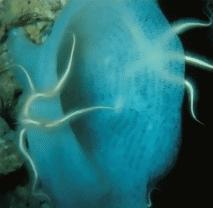
Lefroyella is a genus of glass sponges in the subfamily Euretinae, containing 2 species.
Anomochone is a genus of glass sponges in the family Tretodictyidae.

Aphrocallistidae is a family of hexactinellid sponges in the order Sceptrulophora.
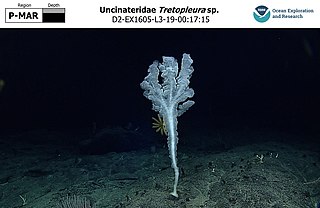
Uncinateridae is a family of glass sponges in the order Sceptrulophora.
Lonchiphora is a genus of glass sponge in the family Farreidae.
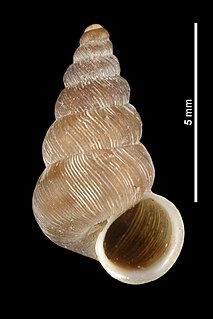
Striolata is a monotypic genus of gastropods belonging to the family Cochlostomatidae. The only species is Striolata striolata.












